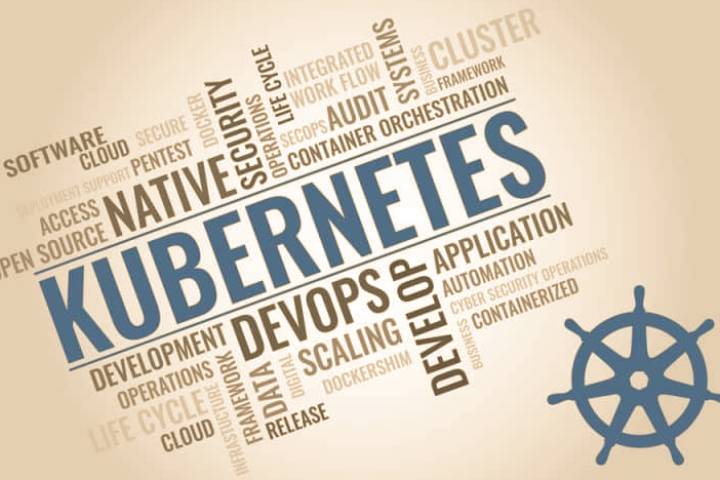The challenges of scaling increased uptime and Kubernetes Edge are some of the companies’ challenges.
In 2019, the KubeCon + CloudNativeCon 2019 conference was held, attended by over 12,000 people. Below are six of the most important takeaways from the survey of participants. The article is based on the translation of 6 Enterprise Kubernetes Takeaways from KubeCon San Diego.
Scaling Kubernetes Deployments
Kubernetes is going mainstream when you look at the scale of the clusters that companies plan to launch. More than 406 respondents said they would be working in 50 or more groups in the next six months.
It also turned out that companies use hundreds of nodes in one or two clusters. The scale is determined by both the number of nodes and the number of groups.
The biggest challenges are monitoring, updating, and security
It is relatively easy to deploy one or two Kubernetes clusters for idea validation or development/testing. It is another matter to provide reliable management at a production scale, especially for dozens of groups and hundreds of nodes.
The complexity of the technology makes it difficult to troubleshoot when things don’t work as expected. Unsurprisingly, 48.86% of respondents cited large-scale monitoring as their biggest challenge. It is followed by update issues (44.3%) and security troubleshooting (34.09%).
DevOps teams are essential to quickly get to the root of the failure to ensure the health and performance of an agreement on the level of services. The rise of Prometheus, fluent, and Istio is a direct response to these needs.
24/7 support and 99.9% SLA are critical for large scale deployments The majority – 65% of respondents – indicated that their end-users require at least 99.9% uptime.
DevOps teams must design an end-to-end solution from the ground up (especially in on-premises data centers or edge environments) to ensure availability for complex operations. All of this requires proactive support to ensure rapid response to production incidents.
Unsurprisingly, 56.16% of respondents said their organization should provide quality customer support 24/7, 365 days a year.
Growth In Kubernetes Edge Deployments
According to the survey, 145 respondents indicated that they use edge deployment using Kubernetes, with 38.5% of those surveyed responding that they are using Kubernetes in 100 or more locations.
Survey data also showed a significant number of servers running in these locations, with 47% of respondents saying there are 11 or more.Given their scale, such clusters must support remote management and integrate well with the public cloud and data centers.
Clustering Across Multiple Clouds Is Becoming The New Normal
Many respondents indicated that they are running Kubernetes on both on-premises and public cloud infrastructures. It is further evidence that multi-cloud or hybrid cloud deployments are becoming commonplace. The number of mixed environments (private/public cloud) is projected to continue to grow.
Kubernetes Is Growing, But There Is Still a Shortage Of Specialists
Despite the growing popularity of Kubernetes and the fact that many companies are seeking to attract Kubernetes specialists, there are still few qualified employees, and finding them remains a problem.
Also Read: AirFlow And Cloud-Native Approach








